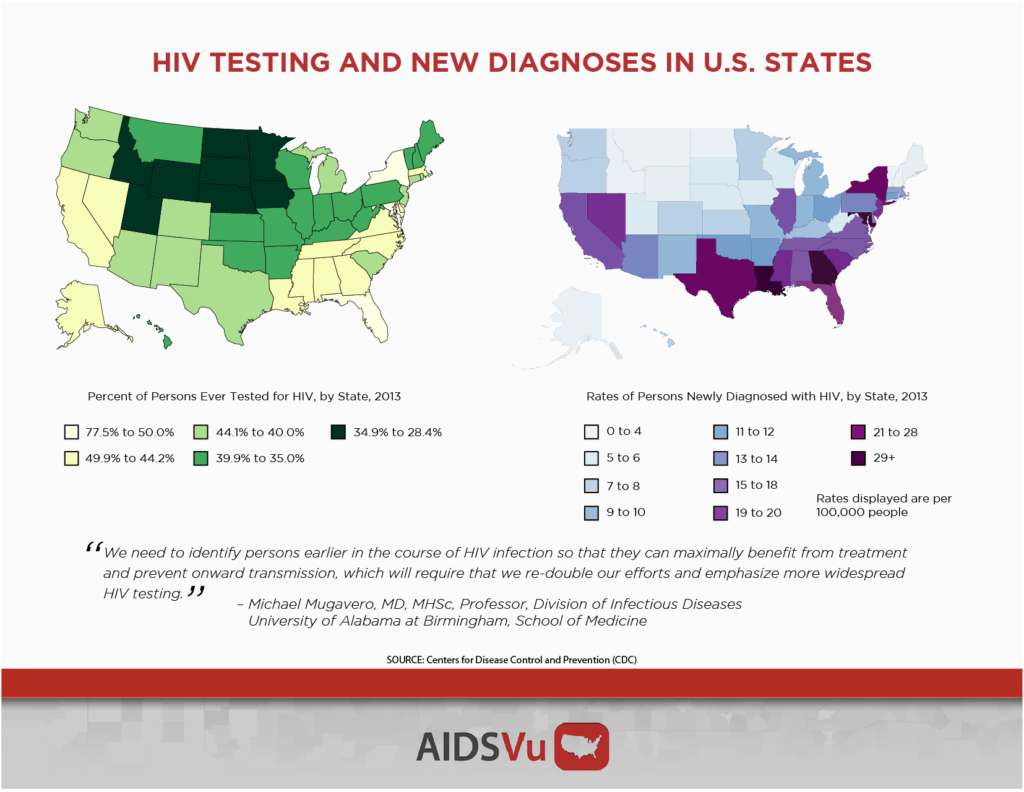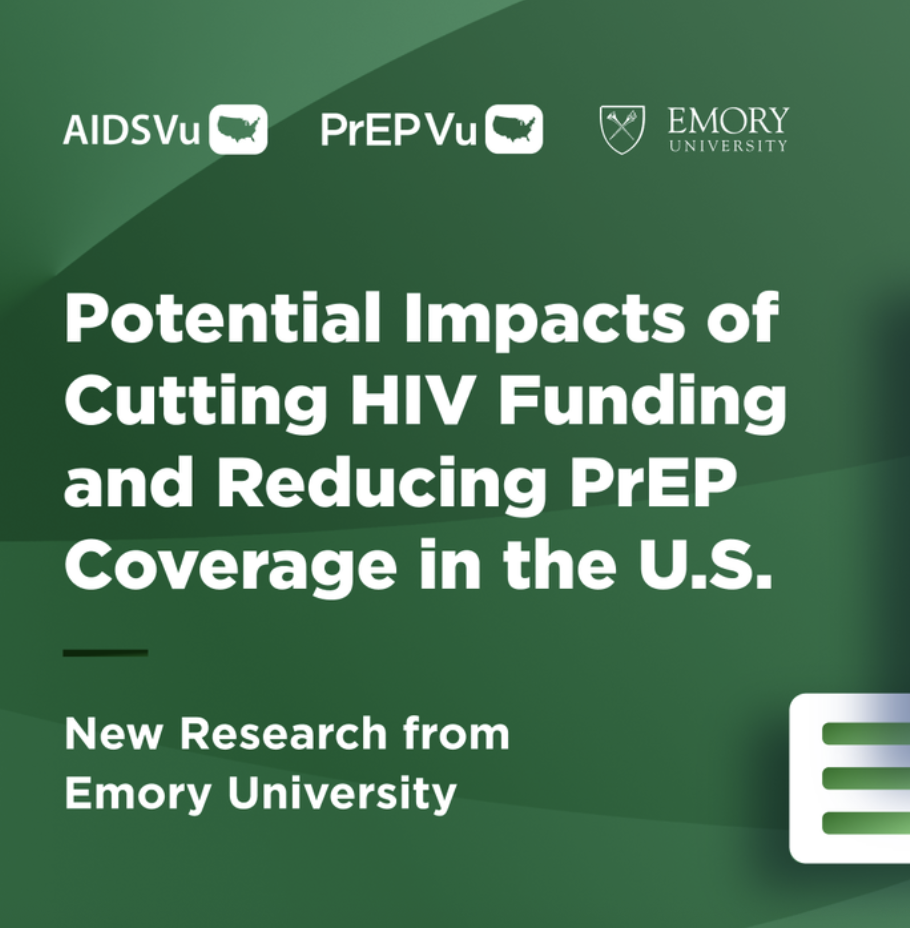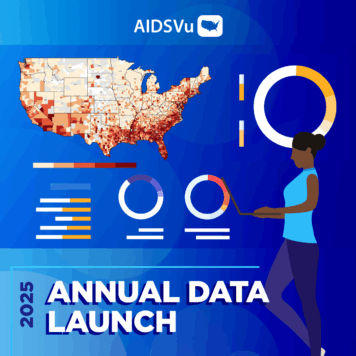By: Dr. Michael Mugavero, Professor, Division of Infectious Diseases at University of Alabama at Birmingham School of Medicine and AIDSVu Advisory Committee Member
Editor’s Note: Today we welcome AIDSVu Advisory Committee member and guest blogger Dr. Michael Mugavero to share his perspective as a physician and researcher on HIV testing efforts in the United States.
It was more than 30 years ago that the first test for the Human Immunodeficiency Virus, or HIV, was licensed for use in the United States. The first generation of HIV test required individuals to provide blood samples and wait upwards of two weeks for their results. Today, we have access to much more advanced HIV tests – including the first rapid results test developed in 1992, the first at-home test developed in 2012, and the latest fourth and fifth-generation lab models which allow for the diagnosis of HIV at much earlier stages of infection, known as acute infection.
In 2006, the U.S. Centers for Disease Control and Prevention released HIV screening recommendations, echoed by the 2013 U.S. Preventive Services Task Force (USPSTF), advising routine HIV testing for adults, adolescents, and pregnant women throughout the full range of U.S. health care settings. Despite a national focus on the importance of testing, and steadily advancing science making testing easier, more accurate, and less costly than ever before, less than one-third of people in the U.S. report having ever been tested for HIV.
Through improved understanding of where HIV testing rates are lowest in the country, we as physicians, public health workers, and funding agencies can better respond to the challenge of stopping the epidemic. AIDSVu’s latest resource – using the latest data from CDC’s Behavioral Risk Factor Surveillance System (BRFSS) – maps each state by the percentage of people ever tested for HIV, an indication of their progress in combatting HIV. This map shows that fewer than one-third of states (16 of 51, including Puerto Rico) met or exceeded the CDC Division of HIV/AIDS Prevention (DHAP) 2015 national prevention goal of having at least 44.2% of their populations ever being tested for HIV. Moreover, only four states (District of Columbia, New York, Florida, and Maryland) saw 50% or more of their population report ever receiving an HIV test.
I’ve seen firsthand the impact of late diagnosis, with too many individuals receiving HIV testing and becoming aware of their status due to symptoms related to opportunistic infections and advanced HIV/AIDS – in 2016! Numerous clinical trials, including the Strategic Timing of Antiretroviral Treatment (START) study, demonstrate that early diagnosis and treatment are key factors in stopping the spread of HIV and improving health outcomes for HIV patients. We need to identify persons earlier in the course of HIV infection so that they can maximally benefit from treatment and prevent onward transmission, which will require that we re-double our efforts and emphasize more widespread HIV testing.
These data underscore the importance of continuing and strengthening efforts to extend testing to more individuals and communities, and ensuring that those living with HIV receive prompt, ongoing treatment and care.
To find an HIV testing site near you, visit aidsvu.org/testing.





